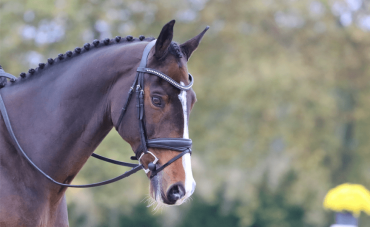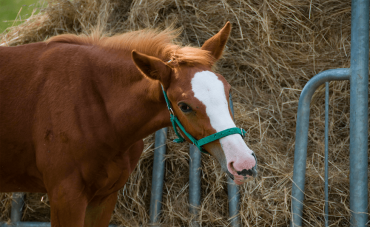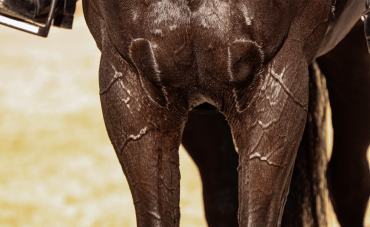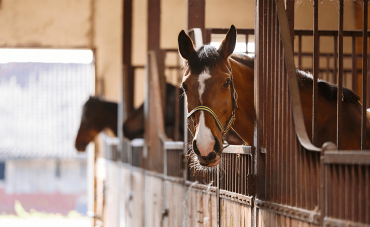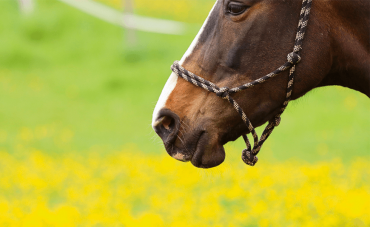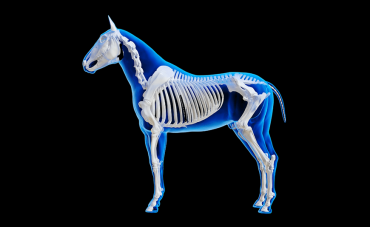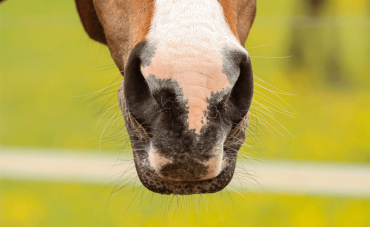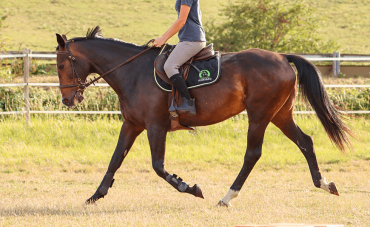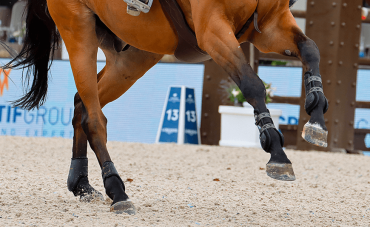What is it?
Wounds are sometimes a sign of a skin disorder such as "mud fever" or SSRD, which are well-known in horses. Mostly, however, wounds appear following an injury.
Cause
Wounds are sometimes a sign of a skin disorder such as "mud fever" or SSRD, which are well-known in horses. Mostly, however, wounds appear following an injury. Wounds may result from knocks (accidents, falls, kicks etc.). They may also be caused by prolonged and repeated friction on certain areas of the skin, as is the case with harness wounds and tourniquet wounds.
Systemic effects
When the skin is perforated or rubbed away, natural healing processes come into play. The first phase involves cleansing the damaged area. The wound weeps to remove debris and then covers itself with a sort of yellowish coating ("fibrin", the role of which is to prevent bleeding), which then turns into a scab when the wound is exposed to the air. If all goes well, the damaged areas then repair themselves by forming a layer of dark red buds that can be easily seen with larger wounds. The skin then closes little by little, from the edge to the centre.
Find out more...
It is often difficult to estimate the severity of a wound based on its appearance. Several types of wound need to be looked at by a vet, including:
- Bleeding, torn ragged and particularly extensive wounds.
- Wounds that do not heal properly
- Deep wounds to the limbs, abdomen and thorax.
- Wounds that appear to be superficial but are located on joints.
- Wounds located on the head: cheeks, around the eyes etc.
- And ALL wounds if the horse has not been vaccinated against tetanus.
Treatments
A wound must be clean in order to heal properly. Always clean using soap first; a disinfectant can then be applied locally.
Main treatment guidelines
Unless the wound is clean and recent (less than 12 hours), it is unlikely that the vet will sew it up. He or she will recommend the following three steps:
-
1. Clean the wound
A wound must be clean in order to heal properly. Always clean using soap first; a disinfectant can then be applied locally. The wound should be cleaned using water and appropriate antiseptic products, to minimise the risk of infection due to germs multiplying at the site. NEVER use alcohol on a wound. Depending on the type of wound, povidone-iodine soaps or solutions can be used to disinfect without disturbing the skin's natural balance.
Antibiotics are not usually required initially, and only your vet can decide whether to prescribe and/or administer them. If the wound shows large damaged areas, the vet will suggest surgical wound care to remove them and promote more effective healing. -
2. Encourage healing
To encourage good wound healing, healing products in spray, ointment and gel format are available. To avoid contaminating the tube or bottle, the products are applied to compresses, which are then placed over the wound and held in place with bandages. For wounds that cannot be covered by a dressing, healing products are also very useful, as they prevent the wound drying too quickly. -
3. Protect the wound
Contrary to popular belief, it is best to leave a dressing on a wound until it is fully healed, where possible. This maintains a certain level of humidity around the wound, thus accelerating healing and minimising infection. The dressing must, however, remain clean and it should therefore be changed regularly to prevent infection and encourage drainage.
Hygiene and prevention measures
While it is impossible to prevent a horse from injuring itself, risks can be reduced through common sense and simple measures such as:
-
Using a harness and saddle suited to the horse's anatomy.
-
Placing protective accessories (bandages, bell boots, splint boots etc.) on high-risk horses (knock-kneed horses, sport horses) each time they go out.
-
Avoiding barbed wire fences
Removing horseshoes from horses kept at grass in groups. -
Removing high-risk objects from the environment (sharp metal objects, fallen dead trees etc.).

